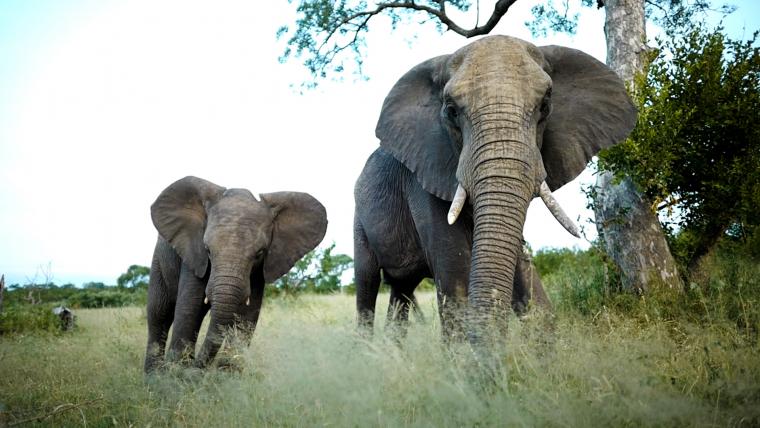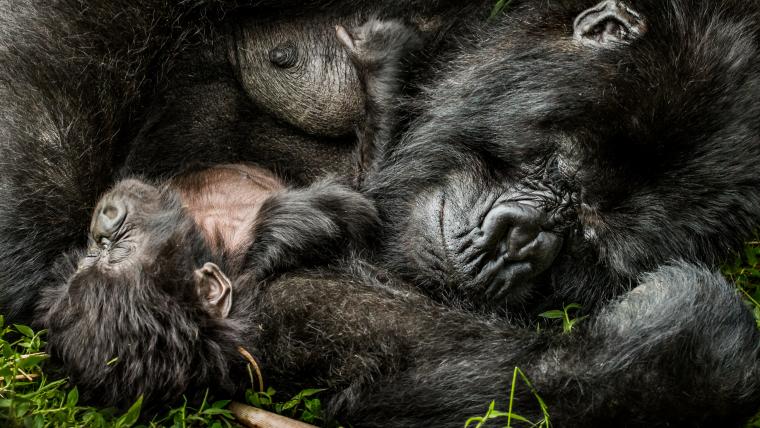
How an elephant’s voracious appetite shapes Africa’s ecosystems
African elephants are the largest land mammal in the world. Standing at over three metres tall and weighing 6 000 kilograms, it’s little wonder that they tend to leave a trail of destruction behind them. But there’s no devastation in their movements – elephants are the gardeners of the savannah.
African elephants consume 100 kilograms of vegetation every day, and uproot trees to reach roots and succulent leaves. In doing so, they clear pathways for other animals through the dense thickets. Meandering up to 25 kilometres through the bush daily, elephants are crucial to shaping and forming the environment. As they bend and break trees and branches, they also help other animals to access leaves and sap. Elephants even control wildfire risks by clearing dead undergrowth in the bush. And when riverbeds run dry, elephants dig their own waterholes, providing the resource to other animals in their habitat.
While ensuring that their environment is tailored to their needs, elephants are benefiting the species around them. But as urban development forces them to encroach on farms for crops, they are at greater risk of coming into conflict with humans. It’s our responsibility to respect elephants’ role in the ecosystem in order to preserve the savannah as we know it.






























Please sign in to leave a comment